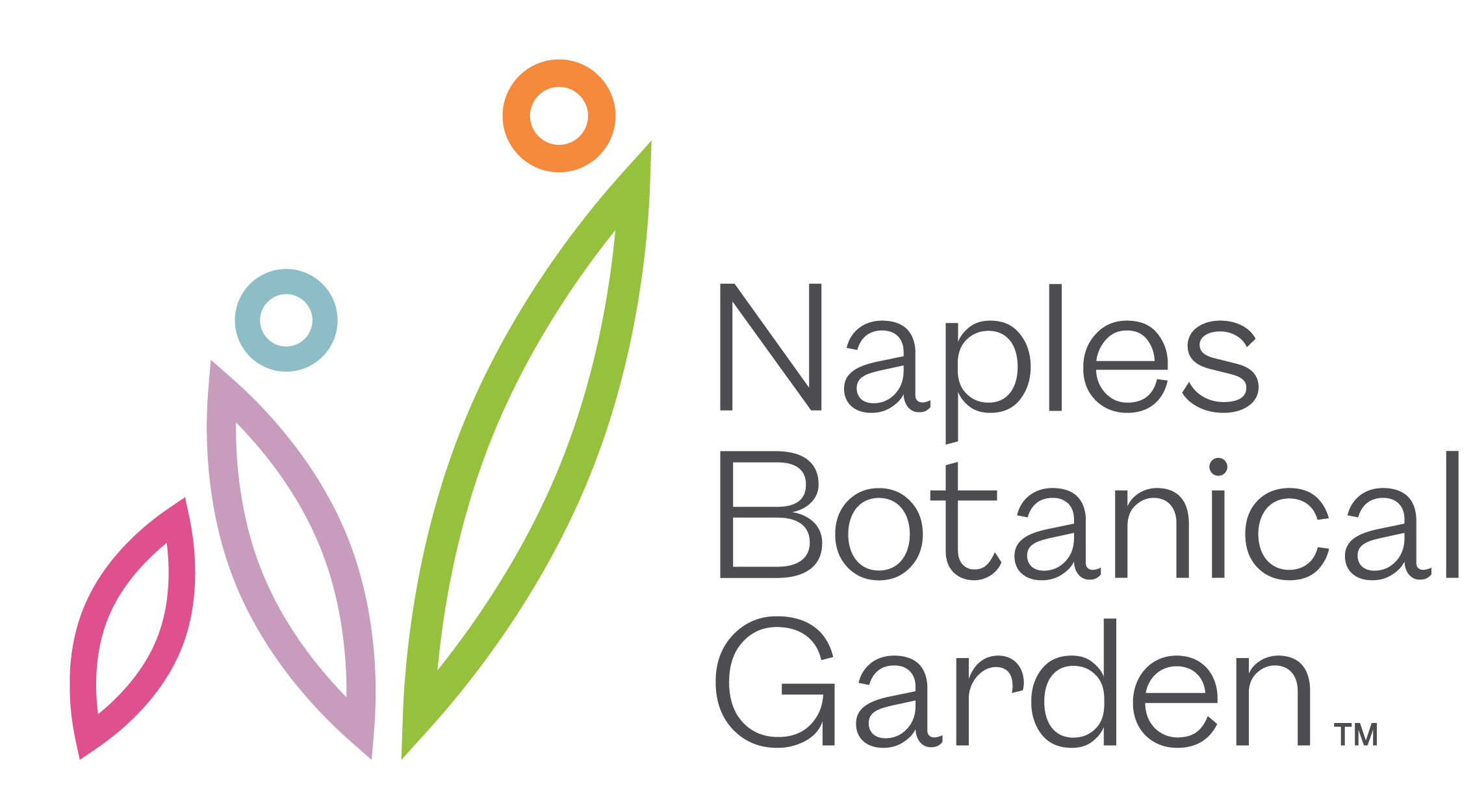The act of observing nature seems straight forward. You just go outside and look at all the plants and animals, right? Not quite. Observation is the active acquisition of information, and it requires focus, effort, and patience. We easily see the world around us, but we need to practice using our senses and noticing details and patterns to really take it all in. Below are seven tips to help you learn how to become an observation expert!

- Choose a spot and focus your attention on it. Look at the area up close and from a distance. Do you notice different things from each perspective? Then choose a comfortable location where you can be still and quiet observing your spot for several minutes.
- Engage your senses; observation requires more than just the use of sight. Close your eyes and focus on what you hear. Are there birds nearby? Are there insects moving about in the grass? Leaves rustling in the wind? Next, focus on your sense of smell. Is anything blooming? Is the air crisp and fresh? Can you smell a water source? With your eyes still closed, turn your attention to your skin. Can you feel the sun warming you? Is there a breeze gently moving past you? Does the grass tickle your feet? Now open your eyes. Look at the whole scene in front of you. Mentally label all the parts that make up the whole. Choose one of the parts and focus solely on it. What color or colors is this object? Is it a single shade of color or are there differing tints and hues? Look for shapes and patterns in the object. Is there foliage present? Do the leaves grow across from one another or in an alternating pattern? Does new growth occur straight up, to the side, or down? Home in on what makes this object unique.
- Consider where you are in time. What season is it? What time of day is it? What is the weather like? These factors affect natural patterns of growth as well as animal life cycles. Learning temporal patterns can help you better understand the rhythms of nature.
- Look for connections. After focusing on a small portion of a natural setting, think about how that area connects to the bigger environment. Maybe you observed a fruiting bush. Think about all the animals that eat the fruit. Think about where they take the fruit and where new bushes will grow from seeds that are “left behind” after being eaten. Think about what those animals eat when the bush is not fruiting. What are some of the other things the bush provides to the environment? Remember that nature is a web, and everything is interdependent.
- Remember to look everywhere. We tend to focus on what is directly in our line of sight. Challenge yourself to look places you normally wouldn’t. Stare at the sky, crouch down and dig in the ground, look under a bush, observe nature from a unique perspective.
- Use field guides. Putting a name to a plant or animal familiarizes us with it and is the first step to understanding it. Names also help us remember the plant or animal when we encounter it again so we can compare and contrast our observations. There are a ton of field guides out there. To avoid feeling overwhelmed, start with the guides to organisms that interest you and be sure your guides are regionally appropriate.
- Practice observing for a few minutes daily. Even if you can’t get outside, you can observe from your window. Use your nature journal as an observation tool. Until recently, I had never noticed just how many air plants grow on the oak trees outside my kitchen. I’ve been doing dishes at that window for over a decade and had never actually examined the trees! It’s amazing what’s right under our noses when we take the time to look.

